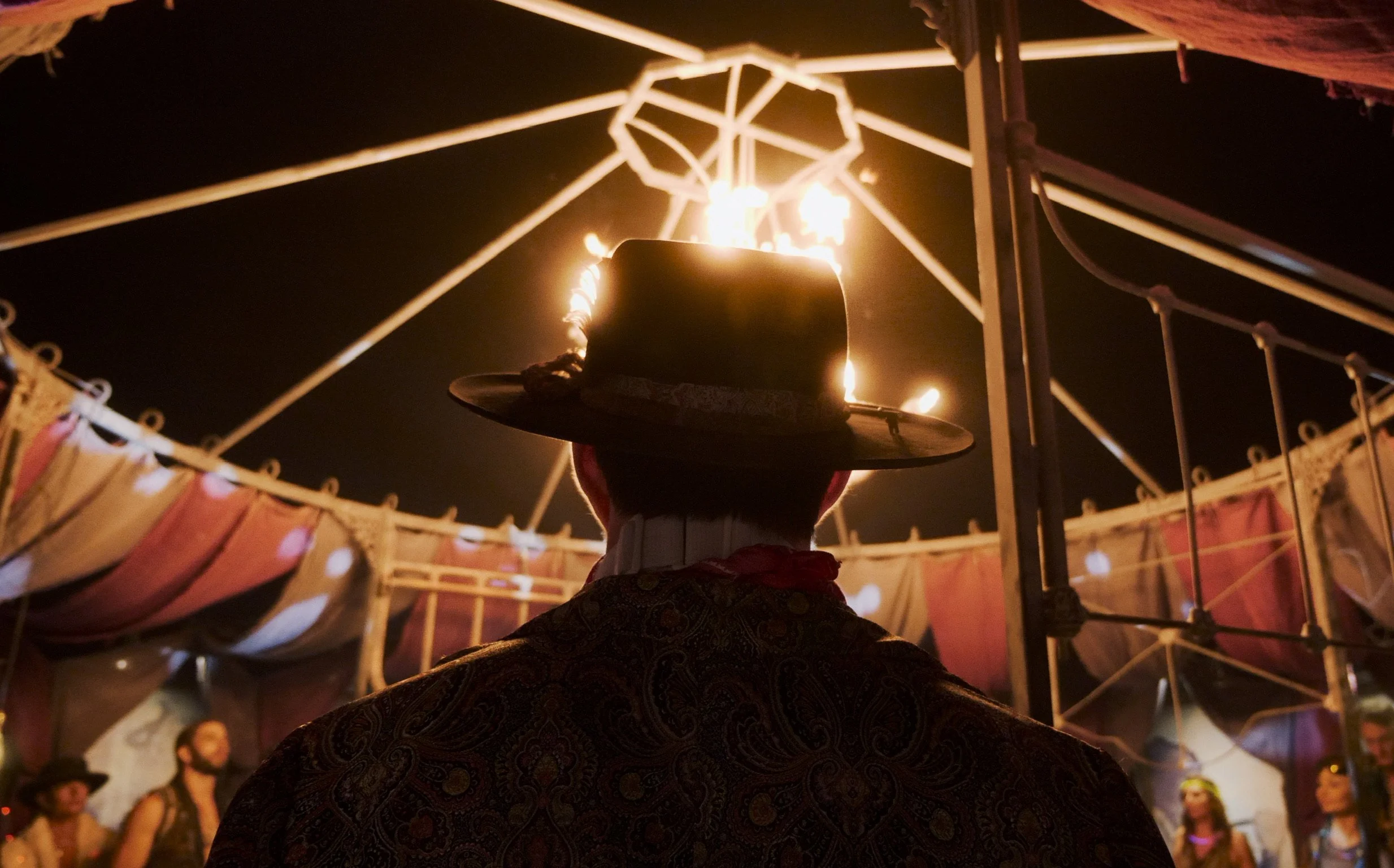Painting Emotions: Exploring Cinematic Storytelling through Color and Depth
Understanding Cinematic Storytelling
Cinematic storytelling uses color and depth to visually enhance the storytelling in films. Both color and depth play significant roles in conveying emotions, setting the mood, and drawing the audience into the narrative. In filmmaking, color palettes are carefully chosen to evoke specific feelings or to represent certain themes and ideas, while depth of field is used to direct the viewer's focus and create a sense of perspective within the frame. Understanding these visual elements is crucial for filmmakers to effectively communicate their stories and connect with their audience.
Importance of Color in Cinematic Storytelling
Color plays a crucial role in cinematic storytelling. It can evoke emotions, set the tone, and convey symbolism within a film. Directors and cinematographers use color to enhance the visual experience and to communicate subliminal messages to the audience. Warm colors like red and orange can create a sense of warmth and passion, while cool colors like blue and green can convey calmness and tranquility. The careful use of color can elevate a film's visual impact and add another layer of depth to the storytelling.
Significance of Depth in Cinematic Storytelling
Depth in cinematic storytelling is crucial for creating visual impact and drawing the audience into the film's world. By using depth, filmmakers can add layers to the visuals, making the scenes more immersive and captivating. It enhances the overall visual experience and helps convey emotions and themes more effectively. Depth also provides a sense of perspective, drawing attention to different elements within the frame and guiding the audience's focus. Filmmakers achieve depth through techniques such as staging, lighting, and composition. These elements work together to create a three-dimensional visual space, adding richness and complexity to the storytelling.
Techniques for Enhancing Visual Storytelling in Film
Enhancing visual storytelling in film involves using color and depth to create an impactful viewing experience. Techniques such as lighting, framing, and camera movement can be used to convey emotions and draw the audience into the story. Additionally, the use of color grading and visual effects can help to enhance the mood and atmosphere of a scene, adding depth and texture to the storytelling. By mastering these techniques, filmmakers can effectively engage viewers and bring their stories to life on the screen.
Utilizing Color Grading for Visual Impact
Color grading in filmmaking plays a crucial role in enhancing the visual impact of a movie. By adjusting the colors, contrast, and saturation, filmmakers can create a specific mood or atmosphere for their audience. This process allows them to convey emotions, create depth, and guide the viewer's attention to certain elements within the frame. Directors and cinematographers use color grading to evoke specific feelings or to emphasize certain aspects of the story. Correct color grading can effectively transport the audience into the intended world of the film and enhance the overall cinematic experience.
Creating Depth through Composition and Lighting
To create depth in a film, filmmakers use various techniques related to composition and lighting. Depth can be achieved by using foreground, middle ground, and background elements in the frame to create a sense of distance and space. Lighting also plays a crucial role in enhancing depth, with techniques such as chiaroscuro (strong contrast between light and dark areas) and backlighting being commonly used to create a three-dimensional effect in the visuals. By carefully considering composition and lighting, filmmakers can effectively bring out the visual storytelling elements in their films and captivate their audience.
Case studies of Effective Visual Storytelling in Film
Case studies provide valuable insight into how filmmakers have effectively utilized color and depth to enhance storytelling in their films. In "The Grand Budapest Hotel," director Wes Anderson employs a vibrant and meticulously coordinated color palette to create a whimsical and fantastical world that perfectly aligns with the film's quirky narrative. In contrast, in Christopher Nolan's "Inception," the deliberate use of depth and perspective adds layers of complexity and ambiguity to the storytelling, keeping the audience engaged and immersed in the film's dreamscape. These case studies highlight the significant impact of visual choices on narrative and emotional resonance in cinematic storytelling.
Tools and Technology for Enhancing Visuals in Film
For enhancing visuals in film, there are various tools and technologies available to filmmakers. These include high-quality cameras, advanced lighting equipment, and sophisticated editing software. Additionally, the use of color grading techniques and depth-enhancing lenses can significantly impact the visual quality of a film. By employing these tools and technologies effectively, filmmakers can create captivating and immersive visual experiences for their audience.
Impact of Visual Enhancements on Audience Experience
Enhancing visuals in film can significantly impact the audience's viewing experience. The use of vibrant colors and depth can evoke emotions, immerse the audience in the story, and create a lasting impression. Visual enhancements such as high-quality cinematography, dynamic lighting, and carefully chosen color palettes contribute to the overall mood and atmosphere of the film. When done effectively, these enhancements can elevate the storytelling experience and leave a lasting impact on the audience.
Conclusion: The Power of Color and Depth in Cinematic Storytelling
Color and depth play a significant role in enhancing the visual appeal and emotional impact of a film. By using the right colors and creating depth in the visuals, filmmakers can convey mood, atmosphere, and symbolism to the audience. Colors can evoke specific emotions and create a connection between the characters and the viewers. Additionally, depth in the visuals adds layers to the storytelling, making the film more immersive and engaging. By understanding the power of color and depth in cinematic storytelling, filmmakers can elevate their visual narratives and create a more impactful cinematic experience for their audience.

